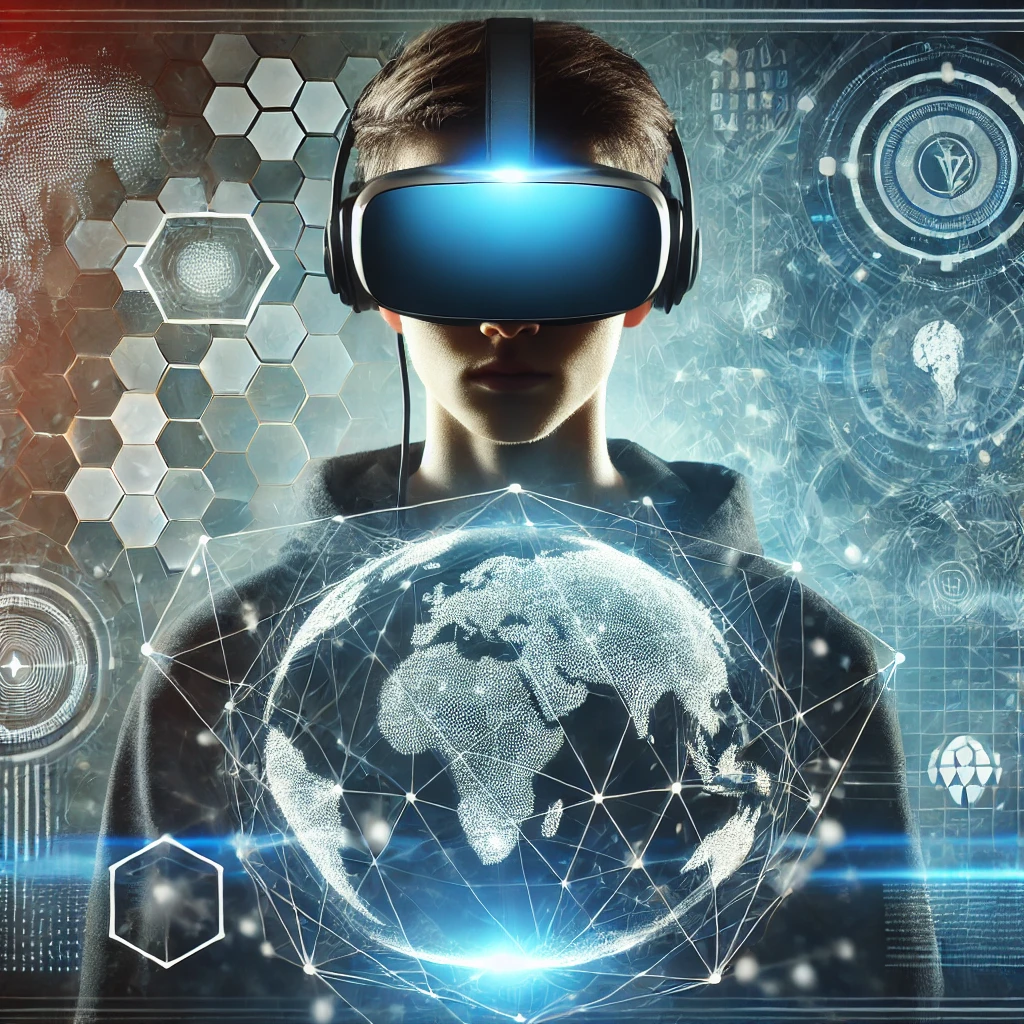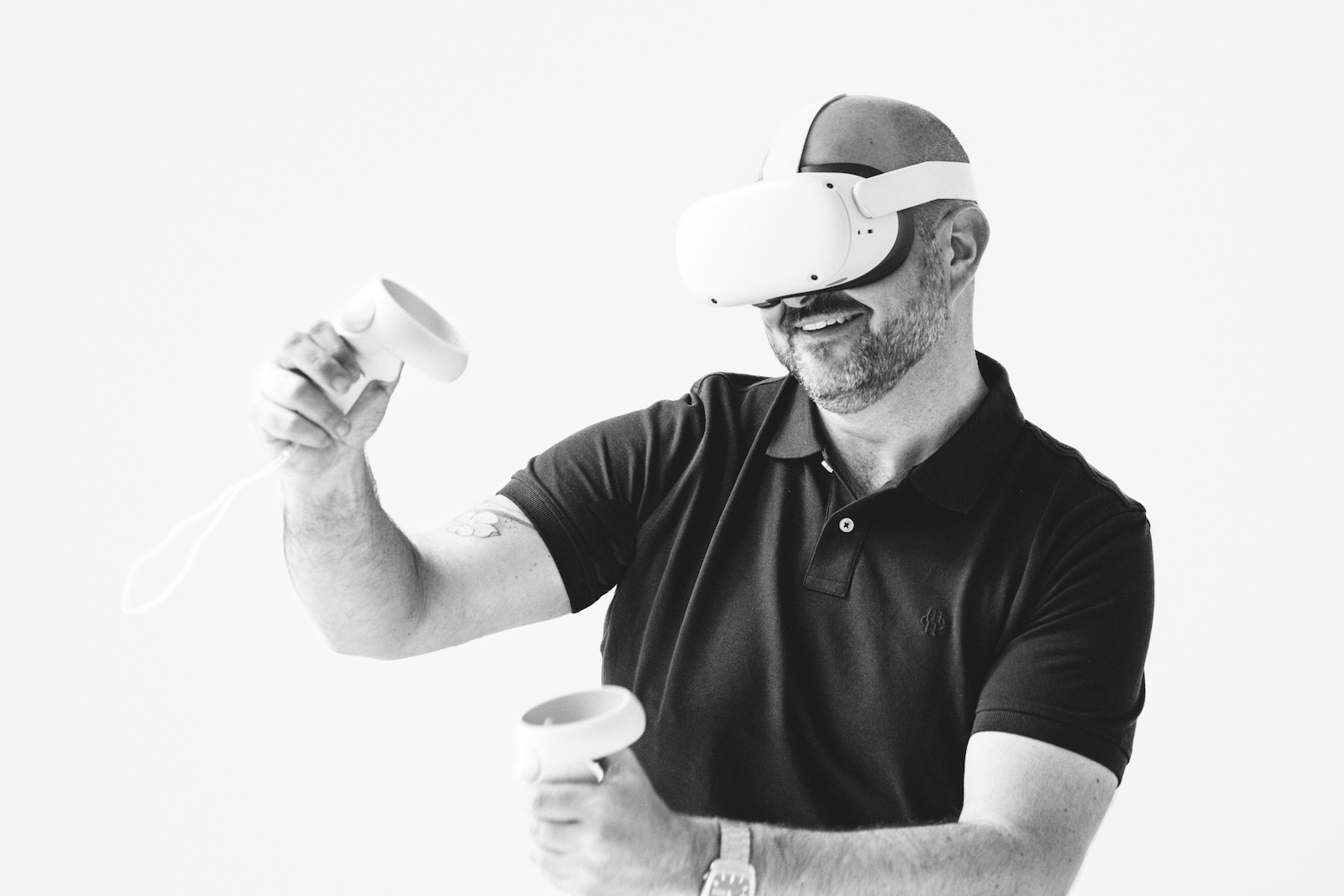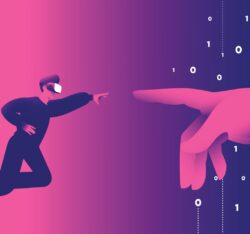
Bridging the Divide: Metaverse and the Global Landscape
The metaverse, a network of interconnected virtual worlds, holds immense potential to reshape our future. Yet, as we stand on the cusp of this new digital frontier, we must address the question of equity. Just as the internet once did—with all its bumps and triumphs—the metaverse could both widen and bridge the digital divide. Let’s delve into how this virtual revolution might play out.
Widening the Gap
A key entry point for participation in the metaverse for now requires high-end hardware like virtual reality (VR) or augmented reality (AR) headsets and reliable, high-speed Internet—luxuries many people around the world cannot afford. For instance, a VR headset costs around $299 USD, while the newest AR headset event starts at $3499 USD. This financial barrier creates an exclusive club, perpetuating digital isolation. A recent study by the Pew Research Center found that 21% of Americans do not have access to high-speed Internet at home. In developing countries, the situation is even more dire, with internet penetration rates as low as 20%. In total as of 2023, only 63% of the global population has Internet access, according to the World Bank. Furthermore, navigating complex virtual environments demands a certain level of technical skill. Without adequate education and training, individuals in less developed regions could be left behind. According to UNESCO, only about 37% of adults in low-income countries have basic digital skills. This disparity in digital literacy could result in a significant portion of the global population being unable to participate in or benefit from the metaverse.
Another critical issue is content creation within the metaverse. If this remains concentrated in the hands of a privileged few, it risks becoming an echo chamber that neglects diverse voices and cultures. Currently, 90% of all Internet content is in just 10 languages, with English dominating. This lack of diversity could be mirrored in the metaverse, leading to a virtual world that reflects and reinforces real-world inequalities. However, despite these challenges, the metaverse also holds the promise of bridging some of these divides.
Building Bridges
Imagine a world where students in remote areas can attend virtual classrooms taught by the best educators or where patients in underdeveloped regions can receive medical consultations from top specialists without leaving their homes. The metaverse can democratize access to these vital services. For example, the VR for Good project partners with NGOs to create VR experiences for education and training in developing countries, demonstrating the potential of this technology to overcome geographical barriers. Initiatives like VR training for surgeons in remote areas already show the potential of this technology to overcome geographical barriers. Moreover, the metaverse promises to foster new industries and job markets. People can develop and sell virtual goods and services, creating income opportunities in regions with limited resources. In February 2024, a plot of virtual land in The Sandbox sold for a record-breaking $4.3 million USD, showcasing the booming market for virtual real estate.
Virtual worlds can also dismantle geographical barriers, allowing people to connect, share experiences, and foster cross-cultural understanding. Some platforms already enable users from around the world to interact in immersive environments, facilitating a level of cultural exchange previously impossible. Additionally, leading metaverse platforms offer diverse virtual environments where users can create, explore and connect.
Learning From the Internet
The rollout of the Internet offers valuable lessons for making the metaverse more equitable. Initially, access was heavily skewed towards developed nations. However, initiatives like public Wi-Fi hotspots and affordable devices have significantly bridged the gap. The metaverse requires a similar approach. Governments, tech companies, and NGOs need to collaborate on initiatives that provide subsidized hardware and develop educational programs to enhance digital literacy.
Companies operating in this space should invest in accessibility, ensuring that their products and platforms are inclusive to all users, including those with disabilities. Inclusivity must be a cornerstone of metaverse development. Building accessibility features into metaverse platforms from the ground up ensures that people with disabilities can fully participate. This includes features like voice control, customizable avatars, and adaptive interfaces designed to accommodate various physical and cognitive needs. Furthermore, promoting digital literacy through collaborations with educational institutions and NGOs can expand the potential user base and help bridge the digital divide. Encouraging diverse content creation through grants, partnerships, and platform policies that promote inclusivity is also crucial. Cross-sector collaboration is key, as partnerships with other companies, governments, and NGOs can lead to more comprehensive and effective solutions to address the challenges of equity in the metaverse.
Where We Are and Where We Should Go
Existing projects leverage virtual reality for positive social impact. For example, educational institutions use VR to provide surgical training in remote areas. Similarly, organizations have initiated VR-based educational programs in developing countries to enhance learning outcomes. The metaverse could revolutionize work opportunities, allowing people to join the global workforce from anywhere and potentially influence migration patterns, as relocation for employment becomes unnecessary. Remote work could evolve further with virtual offices, significantly reducing overhead costs and enhancing global collaboration.
The metaverse’s potential is vast, but so are its challenges. To ensure an equitable virtual future, we must bridge the digital divide. This requires concerted efforts from governments, tech companies and NGOs to provide affordable access, enhance digital literacy, and promote inclusive design. By learning from the internet’s past and applying those lessons to the metaverse, we can create a digital landscape that benefits everyone.
The metaverse holds the promise of revolutionizing education, health care and economic opportunities. It’s up to us to make sure it doesn’t leave anyone behind. At Trilligent, we align with the vision of bridging the digital divide in the metaverse by leveraging our strategic communications expertise to advocate for innovation-friendly and inclusive policies, navigate regulatory complexities, and cultivate diverse voices, ensuring that the benefits of your products and ideas are appealing and accessible to all.
RELATED ARTICLES




